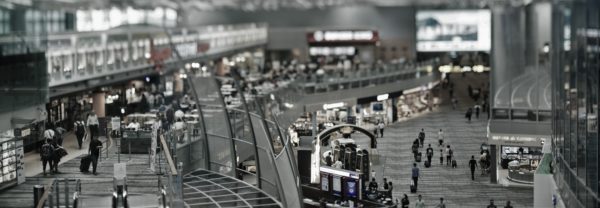I’ve spoken at PT Expo several times before. This year, my presentation, which was titled Balancing Commercial Return with Passenger Experience, focused on the link between the virtual and the physical within airport environments. The central premise is that, while airports need to up their game in the virtual world to excite passengers and build relationships, they also have to match that experience in the physical world or risk breaking the bond of trust.
For some time, we’ve been embracing virtual transactions as a reality, exploring new channels such as click and collect. But this has been to make up for any reduction in physical sales. Now, it’s becoming clear that the two are interlinked and not mutually exclusive. Indeed, we’re understanding a more subtle and intelligent link between the virtual and the physical.
All of us, but Gen Zs in particular, are re-engaging with the physical world. We’re looking for a physical experience, wanting to touch material things. Authenticity is key. Research shows that 61% of shoppers would rather engage with brands that are also available in physical retail environments. And 82% of smartphone shoppers use the ‘Near Me’ app, looking to follow up their virtual searches with an instore experience. Crucially, to ‘seal the deal’, the physical interaction has to reflect the ambience and fun promised on the virtual platform.
Of course, commercial income is still a key part of the overall airport business case. Operators who don’t understand the social, economic and commercial psychology of their customers, or who don’t balance these elements with operational parameters, will struggle to succeed. Equally, operators need to improve their virtual platforms, which need to be less functional and more aspirational, connecting beyond the actual journey and reflecting their audience’s core values. And once engaged in the physical environment, the human interaction and offer must match the virtual promise – otherwise the trust is broken, loyalty is lost and the transaction is jeopardised. If a passenger has bought into a dynamic, authentic and sustainable ethos online, the physical airport experience has to meet those expectations – it has to create a destination in its own right.
So, it’s about building the conversation through initial virtual engagement, then honouring those commitments physically. In this way, we can address one of the key challenges for transport environments – which is how to create a sense of place and community among a transitory consumer group.


